Topic:
Social Media Marketing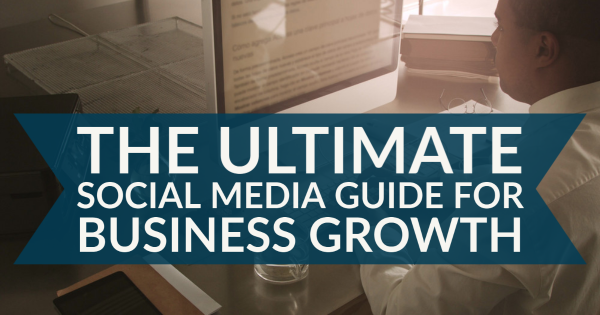
In a recent survey, marketing executives reported spending as much as one-fifth of their marketing budget on social channels, and they anticipate increasing spend on these channels from 11% to 19% over the next five years. Yet even as their investment in social channels continues to grow, marketing executives report that a key challenge is understanding how to effectively use social media to positively impact company performance.
If you're in the same boat, you've come to the right place. We've compiled the ultimate social media guide for business growth right here to help you learn what it takes to cultivate a successful social media strategy. Let's get started.
Before you dive straight into social media marketing, it's important to understand how this piece of the puzzle fits into the rest of your digital marketing strategy. When you think about the digital marketing options you have to reach prospects, they are:
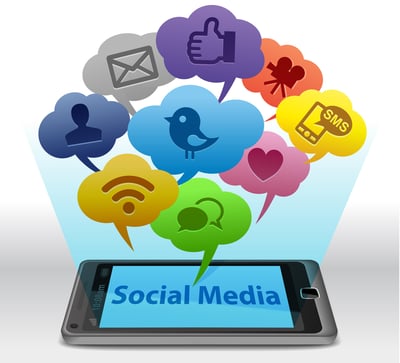 Social media and digital paid advertising can have an immediate effect on driving traffic and leads. The social media strategy involves sharing valuable content into the social channels (Facebook, LinkedIn, Twitter, Pinterest, Instagram, etc.) and groups in each of those social channels that your prospects are most likely to visit.
Social media and digital paid advertising can have an immediate effect on driving traffic and leads. The social media strategy involves sharing valuable content into the social channels (Facebook, LinkedIn, Twitter, Pinterest, Instagram, etc.) and groups in each of those social channels that your prospects are most likely to visit.
Each social media channel has value to each market in different ways. For example, LinkedIn is a solid option for B2B businesses. Since most employees use LinkedIn and monitor social activities on it, there's a high chance of reaching your target audience there. Facebook is becoming increasingly important for business as well. Its advertising channels distribute ads beyond the Facebook property, which means you should include it in your social media plan.
Social Media has additional value as a way to interact with prospects. When customers reach out to business over social media, they expect a response. Modern digital marketing tools enable companies to automatically monitor discussions about your business on social media. This feature allows you to have a productive two-way conversation that is both responsive and timely.
Social media is an essential element of any digital marketing strategy that every business should embrace. Each part of your digital marketing plan has different rates of return, so a blended approach is necessary to generate traffic and leads to your business.
Social media research and consulting firm Hubspot has issued numerous reports on social media marketing for small and medium-sized businesses (SMBs). One of those reports details consumer engagement with brands on social media and the insights it provides are eye-opening. Hubspot's research revealed three basic types of action consumers take when they encounter brands or branded content on social networks: brand investigation, brand advocacy, and content-blocking.
Of course, individual motivations to use each social platform drive different behavioral responses to brand content. Despite the variety of motivations, they can be broadly divided into five fundamental categories:
Bridging - This is an early-stage activity consumers engage in to connect with organizations, discuss specific topics with others, and network.
 Bonding - This is the online process of sharing information about one’s life – posting photos, sharing personal updates, and giving others a glimpse of one’s activities and interests.
Bonding - This is the online process of sharing information about one’s life – posting photos, sharing personal updates, and giving others a glimpse of one’s activities and interests.
Communicating - Many social media participants use various social channels as a means of communication with family and friends. Considered more convenient than phoning or emailing, social media is used for exchanging messages, coordinating calendars and schedules, and generally touching base.
Discovering - Many consumers use social media to explore a variety of topics, interests, and products. They use social channels to find information, ideas, and content as well as to discover and watch interesting videos.
Taking Action - This includes what might be considered “real time” activities – streaming music and videos, monitoring the home and kids’ activities, and engaging in family fun activities online.
One of the most important findings from Hubspot's research includes some primary benefits from six major consumer social media platforms for marketers. As we mentioned earlier, different platforms are useful for different types of businesses and consumer interactions. Let's review the insights Hubspot uncovered.
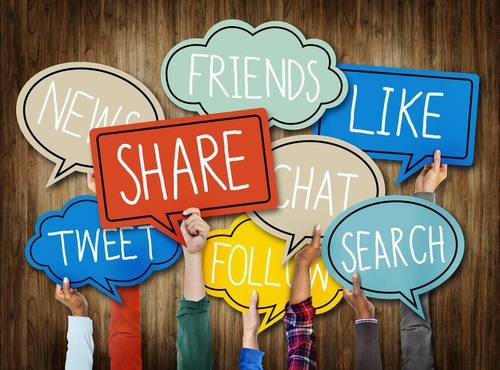 Facebook - Use Facebook to communicate on a one-to-many scale with your audience and invest in advertising to facilitate broader brand discovery. Pushing people to outside websites or landing pages is not advised.
Facebook - Use Facebook to communicate on a one-to-many scale with your audience and invest in advertising to facilitate broader brand discovery. Pushing people to outside websites or landing pages is not advised.
Facebook Messenger - Messaging applications are fairly new channels for marketers to leverage. Their use case is clear and brands can use Messenger to have personalized one on one conversations with their audience.
Instagram - Users on Instagram primarily use the network to bond with their followers (by sharing details and images about their life) and discover new trends. Create broader content that incorporate lifestyle interests for Instagram.
Snapchat - Snapchat is primarily used for bonding stories and for communication.
Twitter- Users on Twitter want to discover new brands and content, and network with the brand, like-minded users, and other customers.
YouTube - People flock to YouTube to discover new ideas, stories, and offerings.
Another interesting finding in the Hubspot study is that the five different motivation categories do in fact drive varying behavior towards brand content. In addition, the study reveals differences in how the five motivation dimensions affect consumers’ behavioral responses to brand content.
For example, when consumers use a platform for Bridging and Discovering, they are more likely to respond to brand content than when they use a platform for Taking Action or Bonding. Communicating actually reduces response to brand content. This results in some social channels performing better than others at facilitating specific types of behaviors. The key is understanding how to build your social media style guide to cater to each of the platforms you're utilizing in your digital marketing strategy.
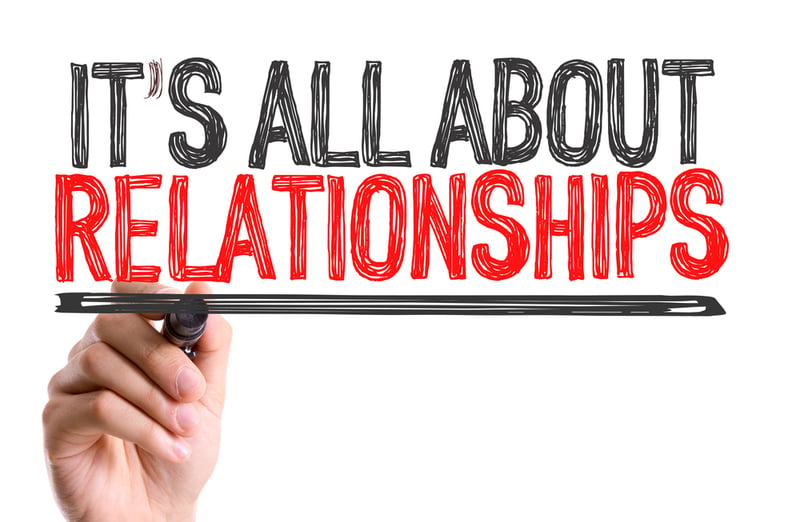
As you can see, the breadth and depth of social media engagement by both professional and retail consumers is complex and evolving. Whether you’re a B2C or B2B business, developing a comprehensive social media strategy is essential for any marketer who wants to approach social media marketing in a meaningful, effective, and cost-efficient manner.
The creation and integration of appropriate content is critical to the implementation of an effective social media marketing strategy. That's why we're sharing a few insights from social media experts on how to use this strategy to grow your business.
Morgan Pesut from Simply Measured focuses on key lessons for B2B companies. Her first point? Get blogging! Pesut urges business owners to understand what their competition is doing on social media, how to establish KPIs to measure progress, how to participate on the social media platform your customers tend to visit, and more. She says the following of how useful social media can be: "Social media is a great tool to attract prospects and customers with your content, and guide them through the buyer’s journey." With excellent social media posting guidelines for employees and a strong strategy in place, you should be able to find success.
Another expert, Ted Rubin, suggests looking at the analytics of your social media engagement and writing blog articles about your most popular and engaged social media posts. The beautiful thing about Rubin's recommendation is that it demonstrates another dimension where social media delivers value for business. Sharing content on social media gives you a whole new marketing channel to explore.
Derek Halpern is blunt, but his point stands: nobody cares about you because they care about their own wants and needs. Be sure when planning social media shares to keep that in mind. Share how-to articles and other educational content. Offer factual information about current events relating to your business. These are the types of social media guidelines for students that marketing professors are teaching. An excellent example of Halpern's point is using social media during the Olympics. Most any business can create a strategy to provide contextual posts during the games.
Smart business leaders measure the impact of almost everything on their business. Social media is no different. Devin Joubert offers great insight on "cause and effect" when it comes to digital marketing strategies and tactics. If one element of your digital marketing is not producing the results you expect, look at the analytics for it and then review key references to check if you have implemented each of the best practice items listed. If not, implement them and then re-measure the results a month later to quantify the change in results. If you are still not seeing the results you desire, then hire an expert to help.
Paying attention to advice from experts like the four quoted above can help you learn what it takes to create a strong social media marketing strategy. A social media guide written by the pros certainly isn't a resource you should ignore.
Today, the majority of SMBs are using one or more platforms to connect with their audience. In fact, 98% of B2C businesses say they’re using Facebook and 82% are using Instagram. This is because they’re seeing the value of social media when it comes to user engagement. And it’s exactly why brands large and small are taking their campaigns to the next level.
If you’re wondering how you can win at social media like the big brands, then it's time to take a look at some social media guide examples from companies that have rock solid social media wins in the bag.
Sports brands are well-known for using celebrities to help promote their brands. But this doesn’t mean small- and medium-sized businesses can’t do the same.
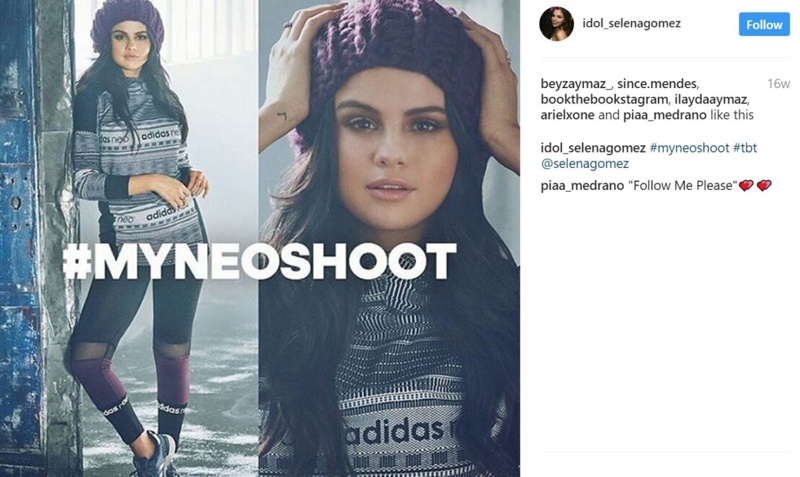
The Adidas Instagram #MyNeoShoot campaign, featuring Selena Gomez, generated 71,000 mentions and 41,000 new followers. And its success stemmed from using a creative contest that asked Instagramers to use their hashtag in an Adidas-inspired post. Then they’d invite the best creators to a professional photo shoot for the brand.
SMBs can duplicate this success by creating a campaign with a known influencer in your industry or community. Create a hashtag and try to engage your audience with a compelling competition. You can offer free services, products, or a prize to get them involved.
The key to a successful social media campaign is to keep your audience consistently engaged. This may require you to get creative, depending on the industry you’re in.
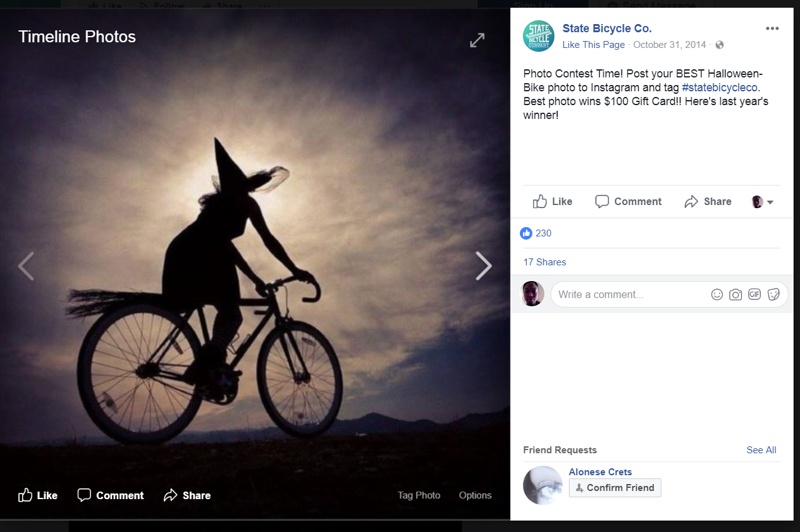
This bike company decided to build user-generated content. The company asked its Facebook followers to share photos for a weekly challenge. Whoever submitted the best snapshot for the week’s theme received a new bike, gift card, and other prizes.
So how well did this campaign do? Since its inception, the brand grew its followers from 4,500 to over 475,000 and nearly 480,000 likes. Facebook is also generating 12% of its traffic. And the real kicker is the $500K in annual sales Facebook generates for them from coupon codes the brand shares on the platform.
How can you do something similar? Try to come up with a weekly challenge for your followers. Not only does this engage your audience, but it also helps spread the word and generate more followers for your page.
This floral company decided to use Instagram for social media advertising. It crafted lookalike audiences by importing email lists. The company then ran a couple of low-budget campaigns to test the waters and see what generated the most conversions.
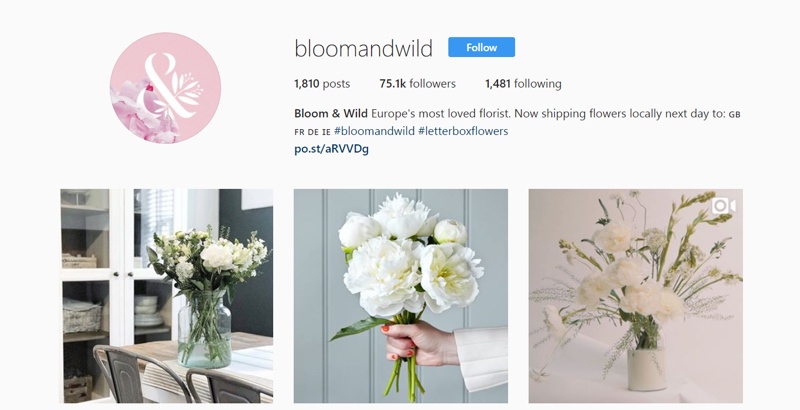
The findings were incredible. Certain images converted better, but nothing compared to the rates seen with video content. So the decision was made to use video for the campaign and it helped boost orders by 62%. Not only that, but the company also attracted new customers using this strategy.
The great lesson here for SMBs is that you can learn a lot by testing social media marketing with small budgets. Lookalike audiences can really help drive your campaigns towards success as well. This is especially necessary when you’re using a new channel. The brand went from 25,000 followers in 2016 to over 75,000 in 2018.
Every consumer loves freebies and ease of access to the products they love. And that’s what made the Sonic Drive-In #SquareShakes campaign a success. During the Coachella Music and Arts Festival, the brand displayed ads on Instagram that allowed users to choose the flavor they wanted to have hand-delivered. Plus, they’d get it for free by taking a picture with their hashtag. Needless to say, the campaign was quite successful. It received 26,000 likes and 1,000 comments. And then their follower count rose from 118,000 to 129,000.

This shows how SMBs can use social media advertising to build awareness about a particular product. And then drive engagement by offering the product for free.
What if there was a way to capture the attention of millions of people? That’s exactly what this brand did by “hijacking” the streams of Pinterest users all at once. Forget Uniqlo influencers -- the company went straight to the source for this campaign.
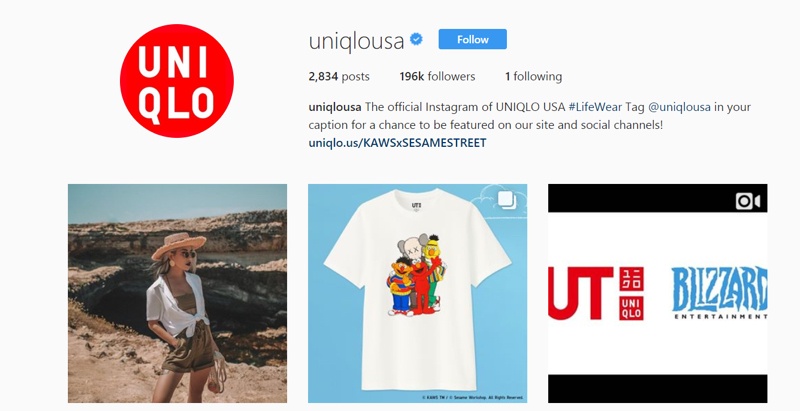
While users were scrolling through the platform, they’d come across images of Uniqlo’s t-shirts changing colors and flipping around. This garnered an impressive 55 million impressions – all without paying a dime for an ad. The campaign also received over 6,000 mentions on Twitter – an entirely different platform! This Uniqlo social media strategy garnered impressive results.
The takeaway from this campaign is that you can use creative methods to get attention for free using social media. The platforms you use in your strategy will determine which types of content would work best. If you’re looking for attention for a new product, then make your posts stand out like this brand did. Make the colors, graphics, and animations jump out so that it captures your audience’s attention. And don’t forget to include a hashtag.
Your particular brand, audience, and industry will determine which social media platform and approach is best for your business. The key is to test your campaigns thoroughly to determine which techniques and social platforms work the best. Hopefully, you can learn a thing or two from the brands above and apply the ideas.
Here at Bristol Strategy, we work with clients to include social media as an essential element of a productive digital marketing program. So if you've come to the end of this social media guide for business growth and you're still looking to maximize social media for your company, we can help.
We support social media platforms such as Facebook, Twitter, YouTube, Pinterest, Instagram, LinkedIn, and others based on the preferences of your primary buyer persona. We can help you select the right social channels for your business goals, develop content to optimize your outreach, and establish a social calendar around industry events to proactively engage with event participants and create awareness for your brand.
To learn more, reach out to us about our social media strategy and plan services.
Bristol Strategy is a full funnel inbound marketing agency and inbound sales agency offering the full complement of services to enable our clients to surpass their business objectives by transforming the way they engage with their buyer on-line. Reach out to us to learn more about how our experience and capabilities can help your business grow.
Ask us about our unique approach that creates a full-funnel "inbound" engagement model for your business that attracts and converts digitally engaged prospects.